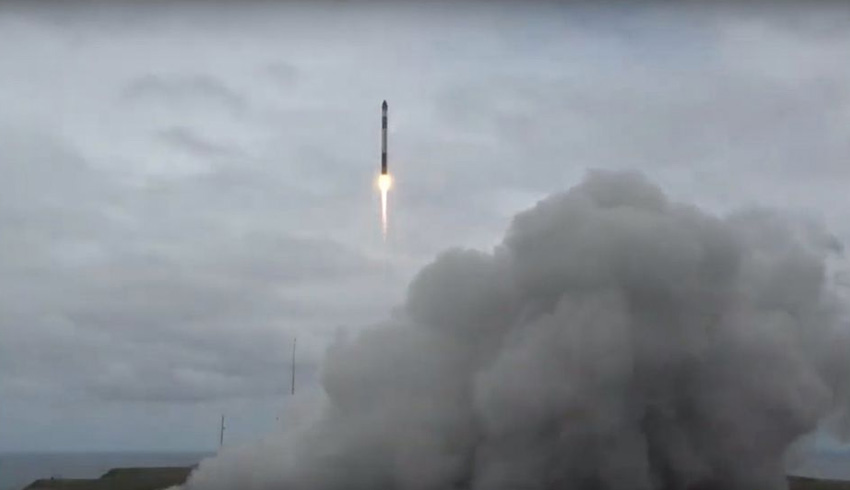The launch aboard a Rocket Lab Electron Rocket is scheduled for 27 June from the Rocket Lab’s Launch Complex 1 on the Mahia Peninsula, on the east coast of New Zealand’s North Island.
This is Rocket Lab’s third launch this year, with launches set for around one per month for the rest of the year.
This rideshare mission was organised by Seattle company Spaceflight, a satellite broker that books small satellite launches with providers such as Rocket Lab.
Aboard will be the ACRUX-1 CubeSat built by engineering students from University of Melbourne’s Melbourne Space Program. It’s named after the brightest star in the Southern Cross.
ACRUX-1’s distant ancestor was Australis-OSCAR 5, Australia’s first amateur satellite and first amateur satellite designed and assembled outside the US.
That too was built by University of Melbourne students and launched in 1970 aboard a Thor rocket from the US.
Members of the Melbourne Space Program wrote on its website that since OSCAR 5, Australia’s space capabilities had been stymied by outdated policies and regulation that had hindered growth of the nation’s space industry and its incredible local talent.
“In light of these challenges and obstacles, the Melbourne Space Program considers the design and build of ACRUX 1, as well as the successful securing of an international launch and related licences, as significant accomplishments in themselves,” they said.
They will regard this mission as a complete success if they receive a signal from their satellite in orbit.
“Receiving that ping from ACRUX-1 may seem like a modest mission goal, but the truth is far from it. That ping would mean ACRUX-1 has not only turned on in space, but has also communicated data back to us at our ground station in greater Melbourne. In other words, it demonstrates that the satellite system built by our engineers actually works in space.”
The mission will be regarded as an even greater success if that continues for one to two weeks.
The largest individual payload on board is the 56-kilogram BlackSky Global 3 Earth-imaging satellite, which will join two other BlackSky satellites launched in 2018.
These can capture up to 1,000 colour images of the Earth surface each day with a resolution of about a metre.
BlackSky is planning a constellation of up to 60 Earth-imaging satellites, with the ability to regularly revisit any location to detect changes.
This capability is alluring and even the US National Reconnaissance Office, which owns the government’s spy satellite fleet, is interested. It’s study contracts with BlackSky, Maxar Technologies and Planet aim to assess whether commercial imagery is of use to intelligence agencies.
Also on board will be two Prometheus CubeSats launched for US Special Operations Command, the latest in a series designed to test low-cost, easy-to-use communications technologies, including audio, video and data, for use by deployed Special Operations Forces.
The mission will also launch two, one-kilogram SpaceBEE CubeSats from Swarm Technologies. These are part of a planned constellation of low data rate satellites, with a variety of applications including remote environmental sensors, vehicles, smart metres and text messaging outside coverage areas of ground communications networks.

